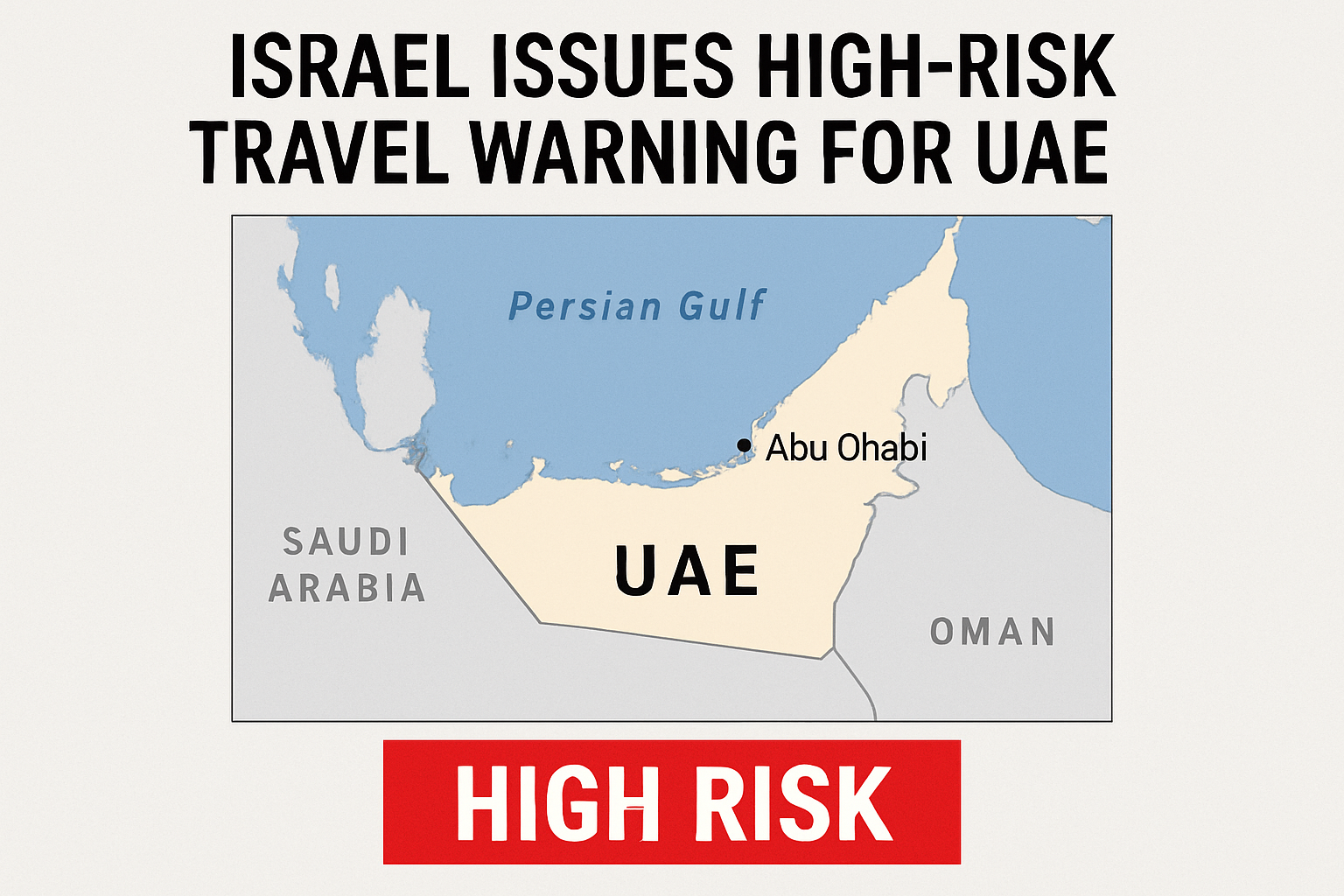Spain’s tourism industry has soared to historic heights in the first half of 2025, welcoming 44.5 million international visitors—a 4.7% increase over the same period in 2024—according to the latest data released by Spain’s National Institute of Statistics (INE) and Turespaña. The country also posted a new record in tourism revenue, with visitor expenditure reaching €59.6 billion, marking a 7.5% year-on-year increase.
This impressive growth cements Spain’s position as one of the world’s leading travel destinations and underscores the resilience and evolution of the post-pandemic tourism landscape. The uptick is largely fueled by strong demand from key European markets—especially the United Kingdom, Germany, and France—who together accounted for nearly half of all inbound visitors and a significant share of tourism revenue.
European Powerhouses Drive Growth
The United Kingdom remains Spain’s most vital tourism source, contributing nearly 9 million visitors between January and June—up 5.2% year-over-year. British tourists alone accounted for 17.6% of total tourism spending, underlining their importance to Spain’s hospitality sector.
Germany followed closely, sending 5.7 million tourists (up 3%) who contributed 12.3% to the overall tourism expenditure. France rounded out the top three with 5.6 million travelers, reflecting a 3.1% growth and contributing 7.9% of total spending.
The United States also showed positive momentum, with 2.12 million American travelers—an increase of 3.4%—demonstrating Spain’s expanding global appeal beyond Europe.
Top Destinations: Catalonia, Canary Islands, and Andalusia
In terms of regional distribution, Catalonia led in visitor arrivals with 9.3 million tourists. However, the Canary Islands edged out other regions in total tourism expenditure, accounting for 19.9% of the national total. Andalusia followed with 15.3%, while Madrid saw the highest per-day spending among all regions.
The Balearic Islands, a perennial summer favorite, surged in June 2025, capturing 21% of monthly tourism spending. Catalonia and Andalusia followed with 19.8% and 14.7%, respectively, underscoring a broad regional appeal for both beach holidays and cultural city breaks.
Rising Daily Spend, Shorter Stays
Despite a slight dip in the average length of stay—down 2.8% to 6.6 days—visitor spending per day rose sharply. Tourists spent an average of €209 per day, up 6.5% from June 2024. This reflects a shifting trend toward high-impact, shorter trips where travelers opt for more intensive experiences.
Madrid led in average daily expenditure, reaching €329, followed by Catalonia at €251. Andalusia saw the biggest increase in daily spending, jumping 17.3% to €200, while the Balearic Islands also experienced a 5% rise to €218.
These numbers suggest that tourists are increasingly prioritizing quality over quantity—opting to spend more for premium accommodations, fine dining, and curated experiences, even if their stays are shorter.
Accommodation Trends: Rentals and Private Stays on the Rise
Spain’s accommodation sector continues to evolve. In the first half of 2025, 36 million tourists chose commercial accommodations, led by hotels, which attracted 28.7 million visitors. However, the fastest-growing segment was vacation rentals, which surged by nearly 10%.
Private home stays—whether through platforms like Airbnb or staying with relatives—also saw notable increases. Stays in private residences climbed by 12.4%, while visits with friends or family rose by 10.4%. These changes reflect broader shifts in traveler behavior, favoring flexibility, authenticity, and local immersion.
While hotels remained dominant, particularly in June where they accounted for 67% of all overnight stays (up 7.4%), spending habits differed by lodging type. Tourists who stayed in hotels spent significantly more than those in private accommodations, which experienced a 6% drop in spending on average.
Strategic Implications for Spanish Tourism
The boom in inbound tourism and record-high spending highlight Spain’s success in positioning itself as a high-value destination. Government initiatives, such as the promotion of sustainable tourism and digital innovation in travel experiences, have enhanced the country’s appeal.
Spain’s Ministry of Industry and Tourism has emphasized that the goal is not just volume, but value-driven growth—encouraging tourists to explore lesser-known regions, stay longer, and engage more deeply with Spanish culture and heritage.
In recent months, investments in infrastructure, airport modernization, and public-private tourism marketing partnerships have also played a role in Spain’s performance. New campaigns targeting long-haul markets like the U.S. and Latin America are expected to further diversify Spain’s visitor base.
Looking Ahead
With a strong first half of the year, Spain is on track to exceed its annual tourism targets for 2025. The rebound from pandemic-era lows has not only been robust—it has reshaped Spain’s tourism economy to focus on experience-rich, sustainable travel.
If current trends continue, Spain may close the year with over 90 million international visitors, breaking all previous records and reinforcing its global status as a top-tier tourism powerhouse.
For more travel news like this, keep reading Global Travel Wire



















